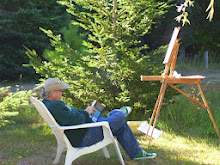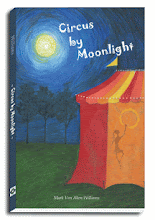A call to live in anticipation of the final day of reckoning and salvation (from Matthew 25:1–13), as parable, is a warning to the church, which consists of both wise and foolish disciples; contrasting five maidens who have prepared for the arrival of their bridegrooms by obtaining oil for their lamps with five others who have squandered their opportunity and therefore miss their marriage feasts.
If one bears in mind that this is a painting which portrays deliverance from judgment, then it alters the way in which one interprets its different qualities. The symbolism is that of light and dark; the virgins’ lamp being symbolic of prayer, the light symbolizing truth and enlightenment. The alternative, darkness, spiritual blindness, and ignorance.
But if you view the painting in a different context (the subject turns her head to look back, revealing her beauty, as she heads towards the door almost as if to see who else is coming - drawing, or is it ‘enticing’, the viewer to follow her), it can be a discussion of virginity, sex in marriage, punishment for premarital sex, and a woman’s role in society.
Will it reveal the moral, religious, and ethical views of the time, as well as the main problems within the church?
Or even in our time: virginity prized for the wrong reasons; the church regulating marital sex even though the Bible allows it?
Punishment is to be expected, but often interpreted differently.








No comments:
Post a Comment